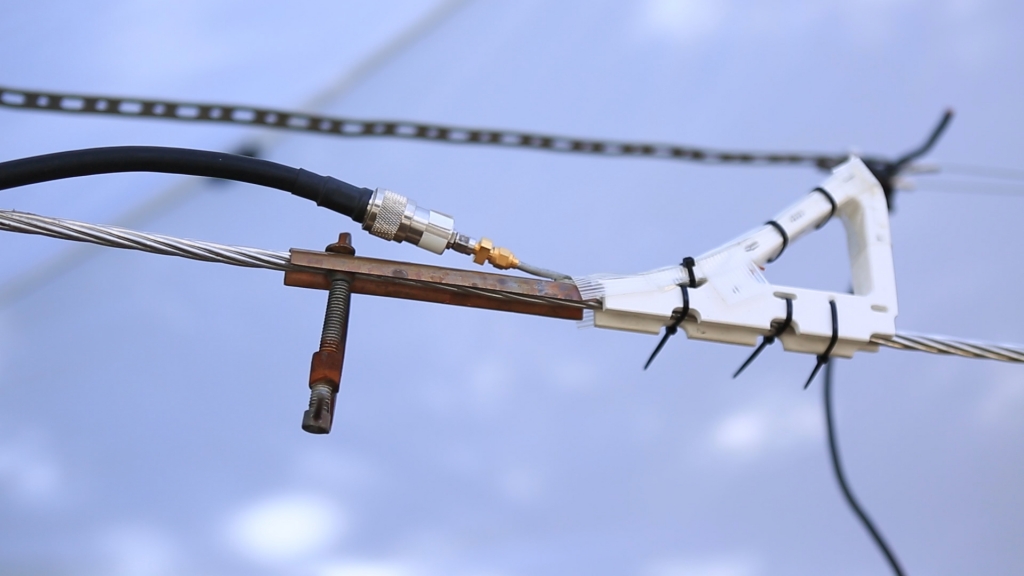-
Tips for becoming a good boxer - November 6, 2020
-
7 expert tips for making your hens night a memorable one - November 6, 2020
-
5 reasons to host your Christmas party on a cruise boat - November 6, 2020
-
What to do when you’re charged with a crime - November 6, 2020
-
Should you get one or multiple dogs? Here’s all you need to know - November 3, 2020
-
A Guide: How to Build Your Very Own Magic Mirror - February 14, 2019
-
Our Top Inspirational Baseball Stars - November 24, 2018
-
Five Tech Tools That Will Help You Turn Your Blog into a Business - November 24, 2018
-
How to Indulge on Vacation without Expanding Your Waist - November 9, 2018
-
5 Strategies for Businesses to Appeal to Today’s Increasingly Mobile-Crazed Customers - November 9, 2018
AT&T plans to offer super-fast internet using power lines
Electric utilities lost interest in so-called broadband-over-power-line (BPL) services almost a decade ago because the technology proved too costly vs. other broadband options were gaining steam, including phone company DSL and cable modems.
Advertisement
The company is calling the technology ‘Project Airgig, ‘ and they say it has the potential to deliver internet connectivity to urban, rural and under-served parts of the world over existing power lines. The antennas are also made from low-priced plastic, which would reduce hardware and deployment costs and potentially expand internet access in underserved areas. AT&T has been testing the technology by linking up its office buildings and is searching for a community to host a public test next year. The company could look at regions where regulations are favorable, and it could also choose to test at a site that has high-cost broadband or none at all, said John Donovan, chief strategy officer and president of technology and operations.
The idea is to go beyond AT&T’s own footprint, but partnerships with local utility companies will obviously be necessary, Donovan said.
The technology is still in the early stages of development, but Donovan said AT&T is now scoping out trial locations both in the USA and overseas.
The project is only in its early test phases for now, and AT&T hasn’t announced where and when it’ll deploy it publicly.
Broadband over power line connections in the past had limited speeds because of its delivery method, as well as technical difficulties like interfering with emergency radios, making the service more trouble than it was worth.
“Project AirGig delivers this last-mile access without any new fiber-to-the-home and it is flexible enough to be configured with small cells or distributed antenna systems”.
The project, called AirGig, relies on more than 100 patents, according to an AT&T statement.
Donovan said that the company hasn’t firmly added AirGig to its own technology roadmap, but hopes to use it both in the US and potentially in other countries where it doesn’t now offer service.
Advertisement
The lack of a need to bury cables or erect towers will help speed deployment and keep costs low, Donovan said. It could enable and expand a variety of smart-grid applications.




























